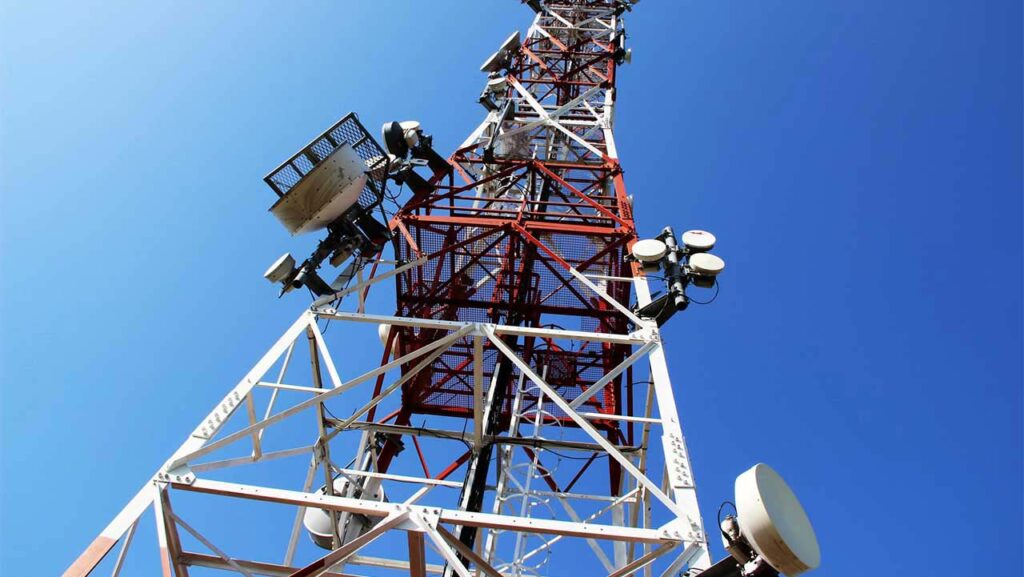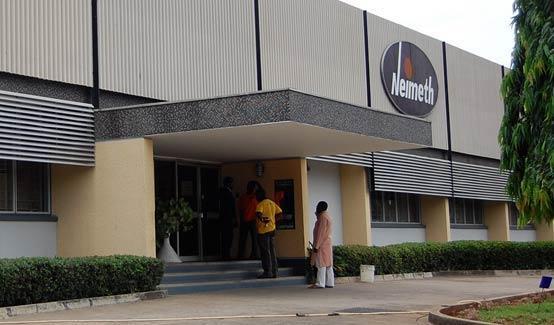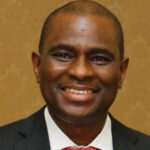
The Nigerian Institute of Electrical and Electronics Engineers (NIEEE) has said that the 3.5GHz bands are best suited for the Fifth-Generation (5G) network.
NIEEE added that the 3.5GHz band has sufficiently safeguarded civil aircraft altimeters, which usually operate between 4.2 – 4.4 GHz range.
Commending the 5G auction process as conducted by the Nigerian Communications Commission (NCC), NIEEE said the 3.5 GHz band is the best choice to balance capacity and network coverage, which in turn encourages operators to commit investment in 5G infrastructure.
Recall that on December 13, 2021, in Abuja, the NCC conducted the 3.5GHz spectrum auction for the deployment of 5G in Nigeria. The auction produced two winners in MTN Nigeria and Mafab Communications. The two winners are said to have completed the payment of $273.6 million license fees ahead of the February 24 deadline.
The engineering body, in a statement, yesterday, signed by its outgoing National Chairman, Kings Adeyemi, commended the Executive Vice Chairman of NCC, Prof Umar Garba Danbatta and the entire management staff of the commission for the successful 5G auction.
Adeyemi said NCC demonstrated world-class excellence by setting the pace on 5G in Africa.
“Major requirements for 5G journey include spectrum availability, investor-friendly regulatory policy and stakeholders’ awareness. Nigerian Communications Commission (NCC) engaged relevant stakeholders ahead of the Federal Executive Council’s (FEC) approval of the Development of a Policy for Deployment of 5G in Nigeria.
“We use this medium to commend the entire Management of NCC under the leadership of the Executive Vice Chairman/CEO Prof. Umar Garba Danbatta. NCC demonstrated high-level qualities of a world-class regulator indeed by setting the wheel of 5G in motion, from 5G Proof of Concept (PoC) trial in 2019 to the recently successful auction of 5G spectrum on 3.5GHz band,” NIEEE stated.
To put things into perspective, the engineering body observed that it is worth noting that “this remarkable landmark achievement was attained by NCC at a time when COVID-19 pandemic continues to force the postponement of many highly anticipated 5G spectrum auctions throughout the world.”
Commending the in-house professionals within the Commission for the choice of 3.5 – 3.6 GHz and 3.7 – 3.8GHz, Adeyemi noted that Frequencies in the range 3.3 – 4.2 GHz (3GPP Band 78) are being used as the basis for the first implementations of 5G globally.
“This decision allays the fear of 5G services interfering with the aircraft operations as currently exercised in some countries. NCC’s choice on the 3.5 GHz band has sufficiently safeguarded civil aircraft altimeters which usually operate between 4.2 – 4.4 GHz range,” he explains.
Speaking further, the Chairman said: “from an expert’s perspective, the choice of two lots of 100 MHz (TDD) bandwidth each on 3.5 GHz band (precisely 3GPP Band 78) is a highly laudable choice to launch a 5G network.
Such wide channel bandwidth, according to him, is required to deliver the multi-Gbps data speed required of a 5G network.
“It is technically proven that wider channels lower network density which ripples into lowering the cost of 5G services to consumers. Other advantages include fewer base stations sites and lower environmental impact. The 3.5 GHz band is the best choice to balance capacity and network coverage which in turn encourages operators to commit investment in 5G infrastructure,” he observed.













